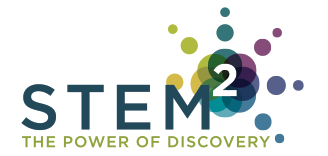You are here
How Federal Education Policy Contributes to the Skills Gap – and Can Help Us Move Beyond It
Reports
In survey after survey over the last decade, employers have complained of difficulty finding workers with the right mix of skills, despite record numbers of job seekers and college graduates. Concerns about pervasive mismatches between worker skills and employer needs have driven a host of initiatives designed to fix the “skills gap”, so far to little avail. While the question of whether we are really facing a skills gap or some other kind of a gap–in wages, jobs, or expectations–is highly contested, there is ample evidence that navigating today’s labor market is more complicated than ever for students and job seekers. Even as employment opportunities pick up, college graduates are struggling to find good jobs and underemployment is at record levels.
Today I released a paper entitled Beyond the Skills Gap: Making Education Work for Students, Employers, and Communities that explores the skills gap from a different perspective – as a gap between the policies governing higher education and the skill development needs of students, employers, and communities. I explain how our higher education system has become our largest provider of job training programs and what that means for students and institutions. I also explain why our current policies for delivering higher education do not work well for matching education and jobs, and explore five policy gaps that are driving the poor results for students and employers. These policy gaps make it too easy for institutions to provide very low-quality career education programs while also making it too difficult for institutions to build the partnerships and programs that will facilitate student transitions to jobs and careers.
Read more here.

